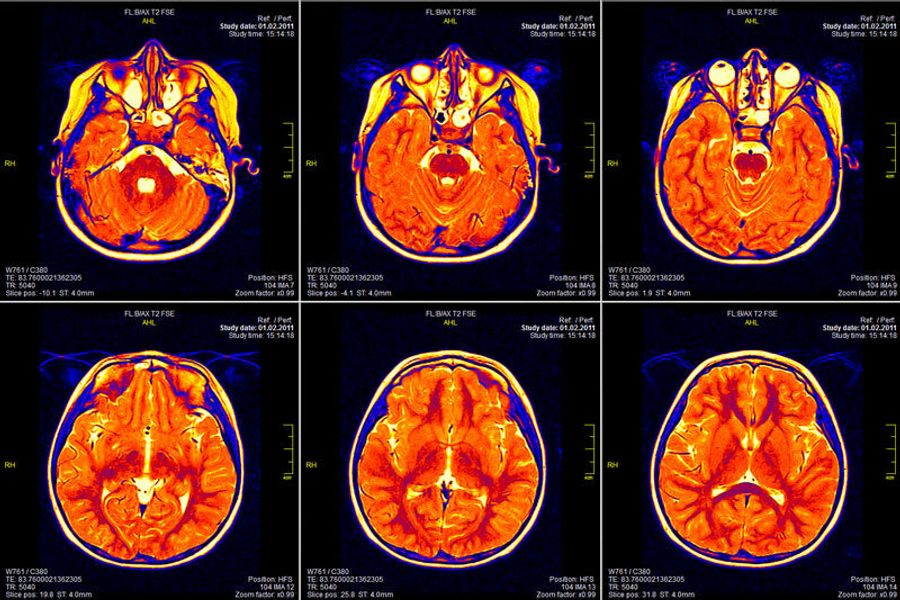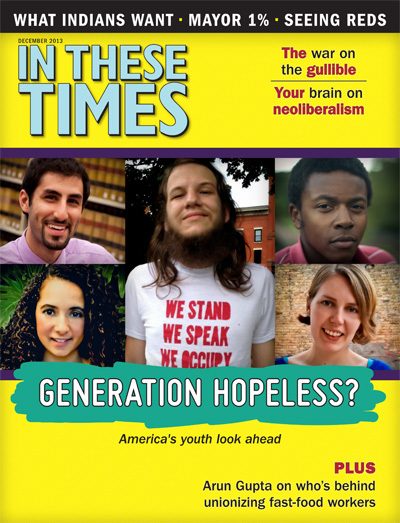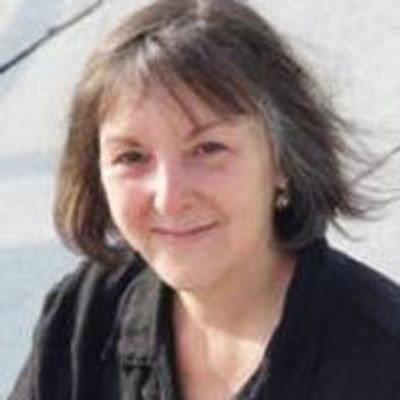The Hypocritical Oath: Make a Healthy Profit
Practitioners of both traditional and alternative medicine rake in cash from the credulous.
Terry J. Allen

From woo-woo nutters to big-pharma dupes and shills, from snake oil hustlers to deluded do-gooders, there is no shortage of practitioners who profit from the diseases of the desperate and the gullible. In the business that is American healthcare, even caring professionals — alternative and traditional — weigh patient welfare and evidence-based medicine against the desire to turn a profit.
October’s column examined the poorly regulated industry of compounding pharmacies, including Dallas-based NuVision and ApothéCure — producers of alternative and traditional medicines, some that the FDA deemed potentially “life-threatening,” and some that, indeed, were implicated in patient deaths.
It was a clear example of bad medicine. But problems broader and more subtle than tainted drugs plague U.S. healthcare. Money and magical thinking pollute traditional and alternative medicine alike.
Another venture by the man behind the Dallas companies, Gary Osborn, illustrates the kind of medicine that draws eager believers and the vain. The Texas Institute of Functional Medicines (TIFM) he founded specializes in “alternative” therapies for such slippery conditions as aging, male menopause and being overweight. Its website features three staffers. TIFM medical director Guy A. Francis, an osteopath specializing in plastic surgery, once wrote that he can help men “slow down and often reverse the aging process,” which he called a “disease.” Beverly Brown-Osborn, an improbably smooth-browed middle-aged woman, who possesses the “unique ability to make every patient feel comfortable.” Then there’s Gary Osborn, the silver-maned founder-pharmacist who was fined and placed under 90 days house arrest in connection with the above-mentioned patient deaths.
Francis’ predecessor as TIFM medical director was fellow osteopathic plastic surgeon Kevin D. Light, whose YouTube video promoted “facial fat transfers” that “last forever.” Ac- cording to Texas Medical Board (TMB) records, in 2002, before Light came to TIFM, the board placed him on probation because of “allegations of intemperate use of alcohol and/or controlled substances.” Another former TIFM director, Kenneth W. O’Neal, who had collaborated with Osborn to develop chelation therapies, also ran afoul of the Texas Medical Board. According to TMB documents, in 2005, after O’Neal had apparently left TIFM, four patients he treated with chelation and/or “vitamin” therapies at a different practice died. The board declared his practice a “threat to the public welfare” and revoked his license in 2008.
Nor is traditional medicine immune from problematic practices. MRIs, for example, can be a valuable diagnostic tool, but many of America’s 28 million-per-year MRI scans are medically unnecessary. They subject patients to worry and expense, and can lead to unneeded treatments.
When MRI machines, which can cost millions of dollars, were owned by hospitals, doctors made no money when they ordered a scan. Increasingly, however, docs invest in their own practice-based machines, and have to take a lot of MRIs to break even — or turn a profit. Unsurprisingly, at practices that made money from scans, MRI use rose a whopping 80 percent between 2004 and 2010, compared to a 12 percent rise when docs had no financial incentive to order scans, according to a study by Duke University’s Matthew P. Lungren and colleagues.
Also, a recent study of knee MRIs showed that when docs owned the machines or got a referral kickback, significantly more patient scans showed no abnormalities (i.e., were proved unnecessary). Shoulder MRIs followed a similar pattern with “25.6 percent more negative scans in the financially incentivized group,” a study in the American Journal of Roentgenology concluded. The profit incentive is huge: up to $8,000 for U.S. scans, compared to $280 in France.
Irrational and avaricious medical approaches drive up healthcare costs, and cost health and lives. But there’s a movement to change that: A growing trend of “evidence-based medicine” aims to assess what actually works. It supersedes categories such as traditional and alternative. Good doctors and even insurance companies should welcome it, and Obamacare should prioritize it. But there will always be some who treat the disease of their own greed with the soothing balm of money.









